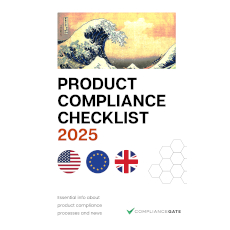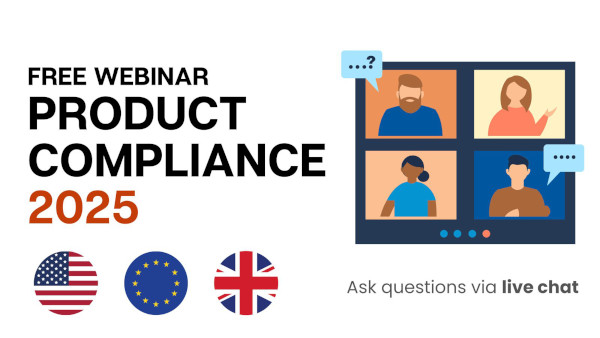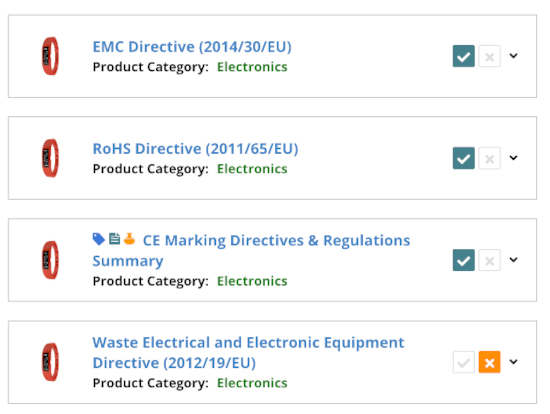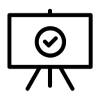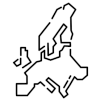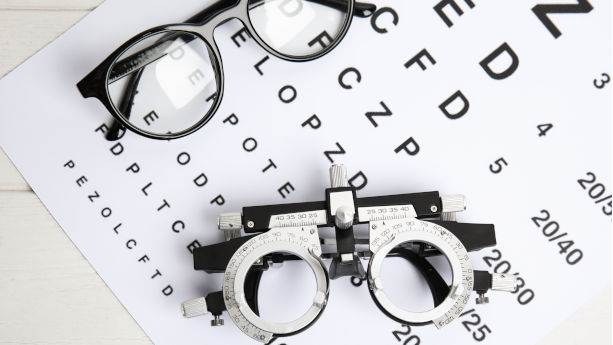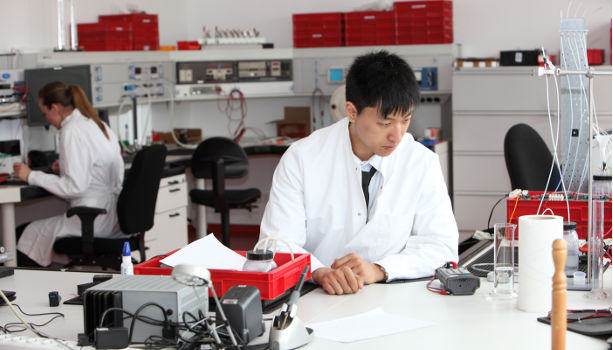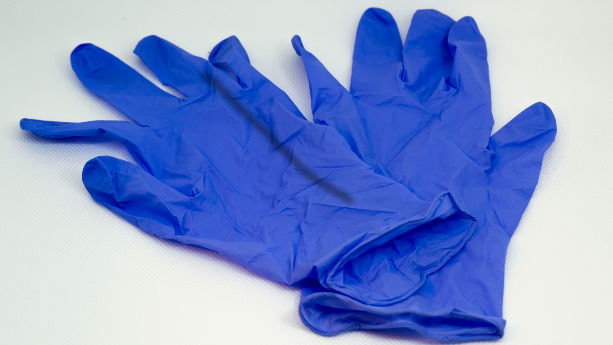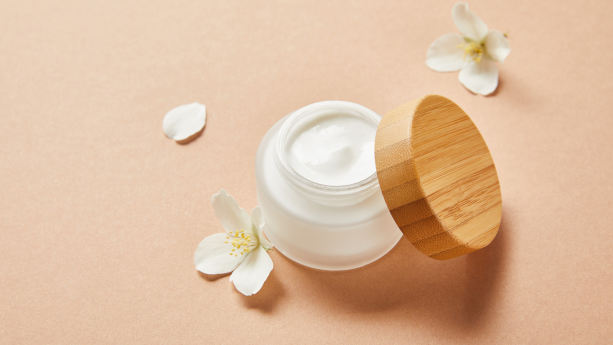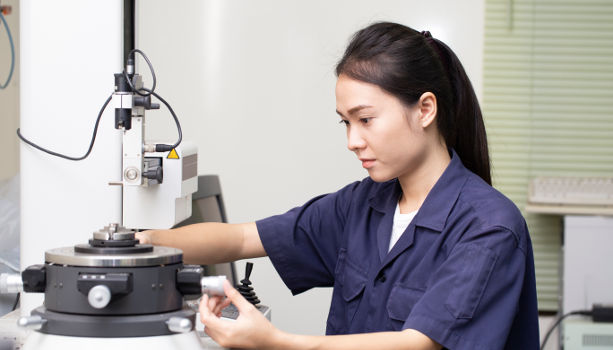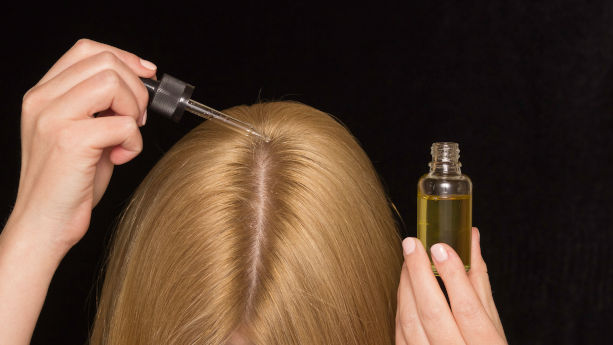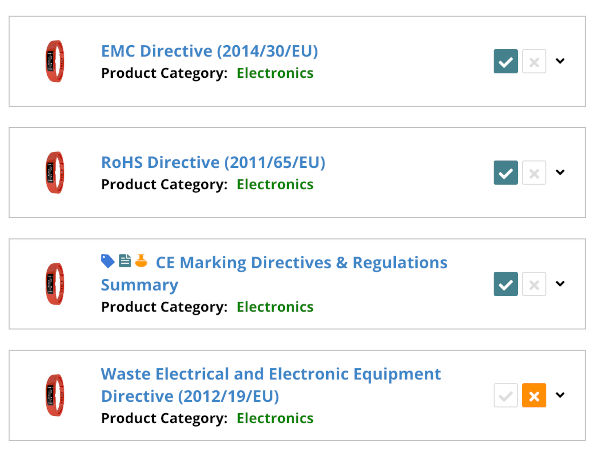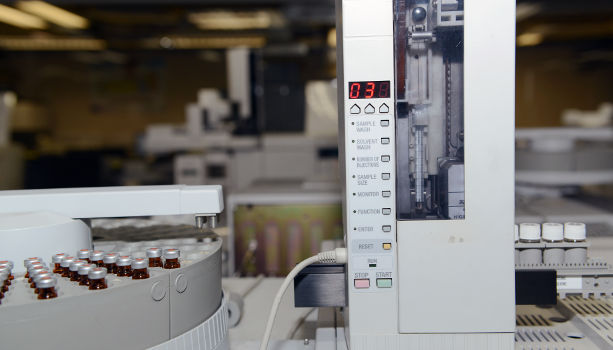
If you manufacture or import products into California, you must ensure that your products comply with California Proposition 65 – which restricts the use of over 900 substances in consumer products.
Compliance with California Proposition 65 requires you to ensure that your product does not contain restricted substances above a certain limit – or attach warning labels. In order to verify the substance content, third-party lab testing is often required.
In this guide, we list several companies that offer testing against the substances restricted by California Proposition 65
Methodology
In this guide, we chose companies that claim to offer California Proposition 65 testing and other related services. We also prioritized companies with testing facilities in the United States and Asia.
Related articles
a. California Proposition 65 Guide for US Importers & Amazon Sellers
b. List of Products Covered by California Proposition 65: An Overview
c. California Proposition 65 Product Lab Testing: A Complete Guide
Continue reading List of California Proposition 65 Product Testing Companies: An Overview


